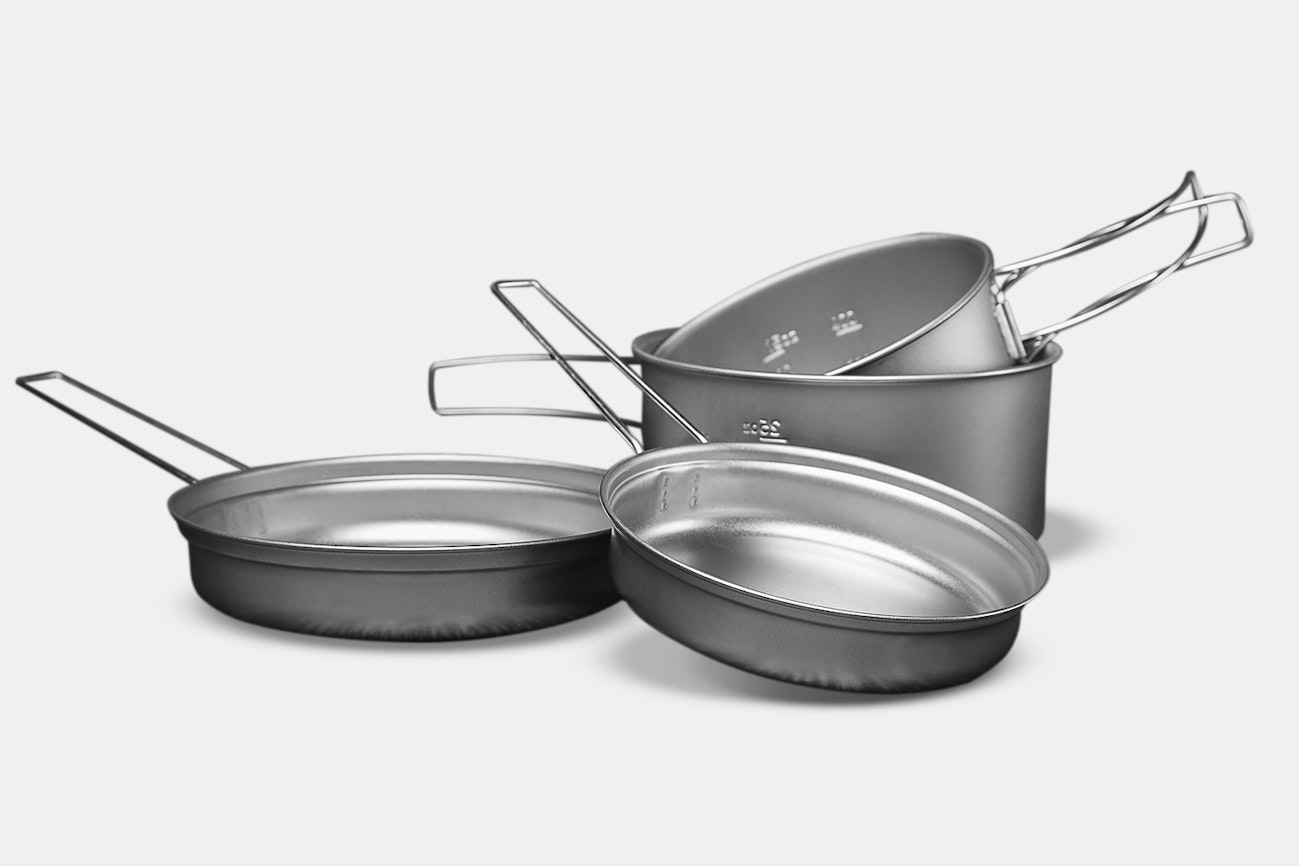RonK wrote:
Failing to declare dangerous goods carries serious penalties.
The baggage xray will detect it. Bomb sniffers will detect it.
Mmmm... even if bomb sniffers would detect it, which I'm not convinced of, it's fairly unlikely they'd be used. Clearly baggage x-ray doesn't detect it, given how many people routinely carry camping stoves.
Regardless of that, the Qantas dangerous goods info is a bit unclear. It doesn't seem that pressurised liquid type stoves fall under the dangerous goods definition, though the liquid fuel containers that supply them do.
https://www.qantas.com/travel/airlines/ ... ing-stoves
Under "Camping stoves and liquid fuel containers" it says airline approval is required, whereas under "Gas camping stoves" it says approval isn't required.
As MSR and similar stoves are gas stoves by the time the fuel reaches them, I think it's reasonable to assume approval isn't needed. I think the issue is residual liquid fuel in equipment - this is what Qantas' flushing procedures imply: -
"I have drained (for at least one hour) all flammable liquids from the camping stove and tank/fuel containers, removed the mantle/wick"
https://www.qantas.com/dangerousgoods/d ... ainers.pdf
So, for those stoves, the only issue is the fuel container, which I always drain, wash and air dry for a good few hours before travel. Technically, it might need approval, and now that I know that it's required, I'd probably get it, just to be safe, but, being sensible, I don't think there's much chance of being caught.
In the case cited above, it would be interesting to know if there was an obvious smell or if it was declared beforehand. It might just be the bad luck of coming across an overzealous employee being on the crazy side of safe.






